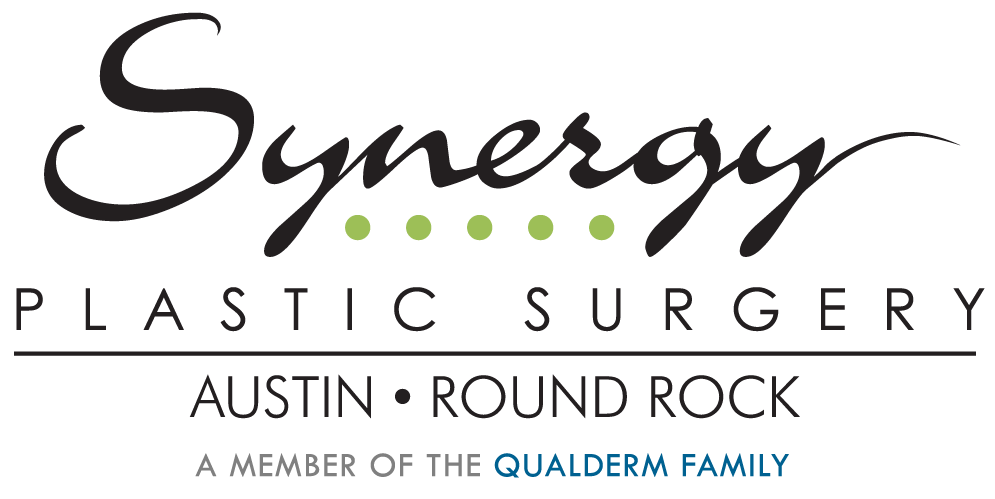With a little preparation and expert guidance, you can make the most of your breast augmentation recovery and enjoy your results sooner. Below, we share our top tips for a successful breast augmentation recovery to help minimize discomfort, promote healing, and help you feel your best every step of the way.
Beauty In Every Detail
Real patients, real life-changing transformations. See the results that are possible in our before-and-after gallery.
View Photo GalleryTips for Breast Augmentation Recovery
In addition to the tips listed here, the best ways to ensure a speedy recovery free of complications are to follow our post-op instructions closely and attend all follow-up appointments.
The following tips cover everything from how to take your medication to what type of bra to wear. We also encourage patients to contact us with any questions or concerns during the healing process.
Tip 1: Fill prescriptions before the day of surgery.
You’ll want prescription pain medication waiting for you at home after your breast augmentation procedure, even if you don’t think you’ll need it. If you take other medications that you’ve discussed with your plastic surgeon, make sure they’ve been refilled if necessary.
Tip 2: Prepare a “recovery nest.”
Getting plenty of rest is integral to recovery, so prepare a comfortable spot with essential items within arm’s reach. You’ll likely want your electronic devices, TV remote, books, and other items, such as lip balm, bottled water, and tissues, handy. Keep pillows nearby to elevate your upper body; a recliner is an excellent option if you have one.
Tip 3: Start sleeping on your back before the day of surgery.
Sleeping upright on your back helps reduce swelling, protects your incisions, and prevents implant shifting. Use a wedge pillow or stack firm pillows to prop yourself up comfortably. If you’re normally a side sleeper, it’s worth training yourself to sleep on your back before surgery. For more strategies, explore our post on sleep positions that support healing.
Tip 4: Don’t forget to move.
Even though we encourage patients to get plenty of rest, it’s equally important to keep blood circulating through the body. This helps reduce swelling and avoid potential complications. Take short walks around your home or even in your neighborhood. Gradually resuming your normal activity level helps the recovery process.
A word of caution: Even light lifting, pushing, or reaching can strain healing tissues, especially in the first 1 to 2 weeks. Avoid heavy chores, carrying kids, or stretching your arms above your head. Rest your arms at your sides and ask for help with tasks that involve upper-body movement. This reduces the risk of shifting your implants or disrupting sutures.
Tip 5: Properly support your new breasts.
Your recovery bra isn’t just for comfort—it plays an essential role in your healing. These specially designed garments help minimize swelling, keep implants in position, and reduce tension on your incisions. Avoid underwire or overly tight styles until your surgeon gives you the go-ahead. Once your breasts are fully healed and have “dropped and fluffed,” your new size may surprise you, so be sure to get professionally fitted before buying new bras.
Tip 6: Make every day “casual Friday.”
Your wardrobe during recovery should include plenty of comfortable clothes that are easy to put on and take off. Button-up or zip-up tops are a must because you’ll want to avoid raising your arms to put on pullover tops, sweaters, or hoodies.
Tip 7: Don’t forget the ice packs.
Stock up on a few soft, plastic, reusable ice packs to help reduce swelling and bruising during the first few days of recovery. You’ll need a few because we recommend a “20 minutes on, 20 minutes off” routine.
Be sure to protect your skin with a thin cloth between the ice pack and your skin, and monitor for sensitivity. Most swelling occurs during the first 3 to 5 days after surgery, although every patient is unique.
Tip 8: Stay hydrated and eat nourishing foods.
Healing and hydration go hand in hand. Drinking enough water supports your body’s natural healing processes, including circulation and lymphatic drainage, which help minimize swelling and promote tissue repair. Aim to sip water consistently throughout the day, and follow your surgeon’s hydration recommendations to stay safely within your body’s needs.
Stocking up on healthy foods and preparing meals before your surgery makes life easier for everyone. Cook some favorite dishes and freeze them. Have some packaged salads on hand. Choose whole foods rich in protein, healthy fats, and vitamins—especially fruits and vegetables that fight inflammation and support tissue repair.
Tip 9: Don’t panic if your breasts look or feel “off.”
Early in your recovery, it’s completely normal for your breasts to appear high, firm, or uneven. Swelling and implant settling vary from side to side and take time to resolve. This “drop and fluff” process can take up to 3 to 6 months.
You may also notice scars beginning to change in texture or color during this phase—you can read more about breast augmentation scars and what’s typical during healing.
Breast Augmentation FAQ
How long is recovery from breast augmentation?
Most patients return to desk jobs within 3 to 7 days and resume full activity within 4 to 6 weeks. Complete healing—including final implant position and scar fading—can take several months.
Can I drive after breast augmentation surgery?
You should wait until you’re off prescription pain medication and feel confident turning the wheel and checking blind spots without discomfort. This typically occurs about 4 to 7 days after surgery.
What helps reduce swelling after breast surgery?
Staying hydrated, wearing your compression bra, taking gentle walks, and using cold compresses all help manage swelling effectively.
When can I return to exercise after breast augmentation?
Light activity, like walking, is encouraged within a few days of surgery. More strenuous workouts, especially those involving the chest, should wait 4 to 6 weeks or until your surgeon clears you.
Feel Your Best Throughout Recovery With Our Help
We know recovery can be both exciting and overwhelming. At Synergy Plastic Surgery, our team is here to answer your questions, provide guidance, and support you. Whether you’re still planning surgery or already on your healing journey, we’re here when you need us.
Take the first step today by requesting a consultation or calling us at (512) 244-1439 to schedule your visit.



Leave a Reply